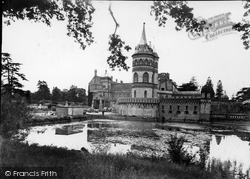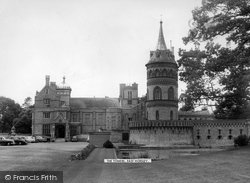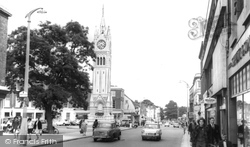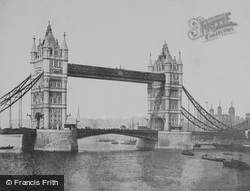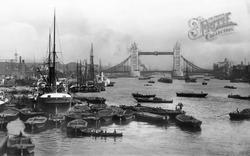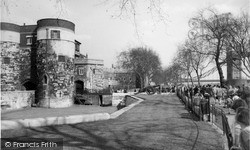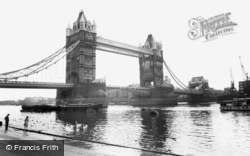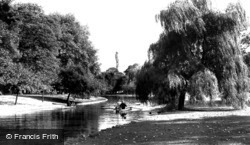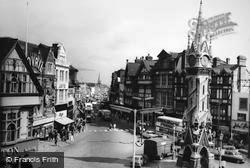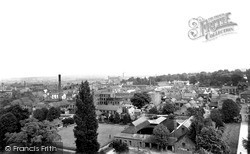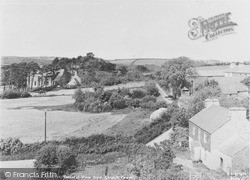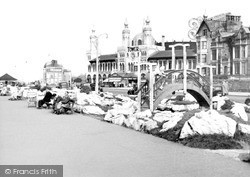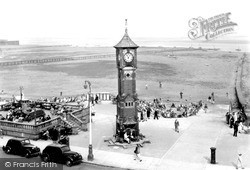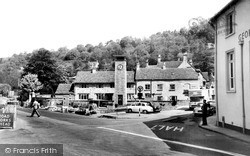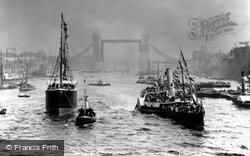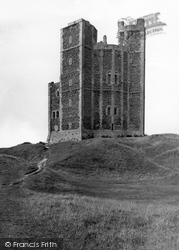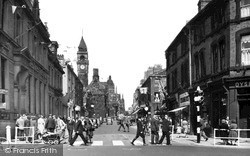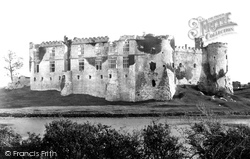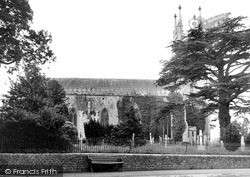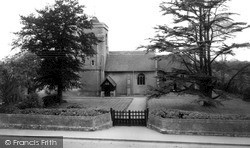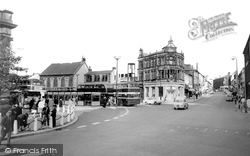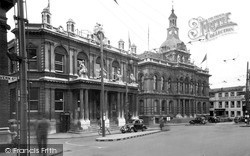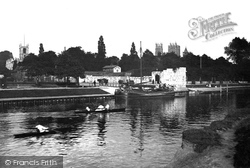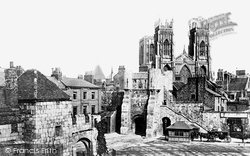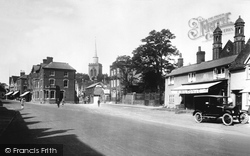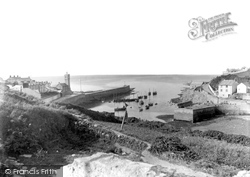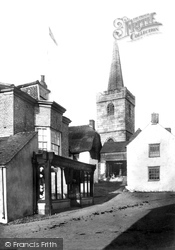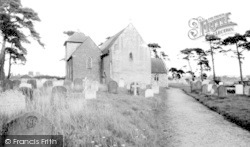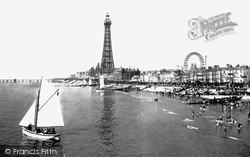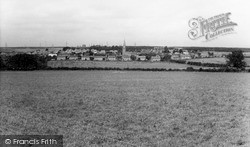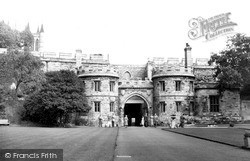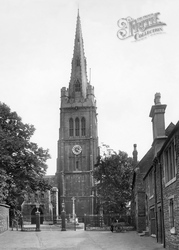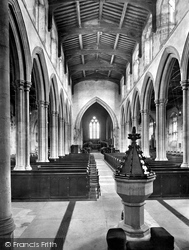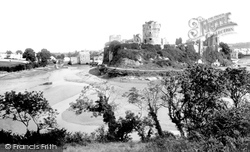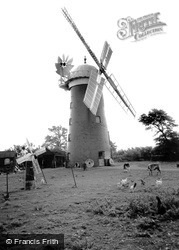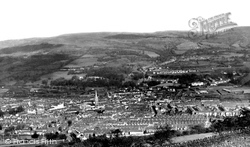Places
36 places found.
Those places high-lighted have photos. All locations may have maps, books and memories.
- Poplar, Middlesex
- Bow, Middlesex
- Bethnal Green, Middlesex
- Stepney, Middlesex
- Alton Towers, Staffordshire
- Isle of Dogs, Middlesex
- Limehouse, Middlesex
- Spitalfields, Middlesex
- Barjarg Tower, Dumfries and Galloway
- Bromley, Middlesex
- Stratford Marsh, Middlesex
- Tower Hill, Merseyside
- Tower Hill, Essex
- St George in the East, Middlesex
- Wapping, Middlesex
- Globe Town, Middlesex
- Old Ford, Middlesex
- Cubitt Town, Middlesex
- Tower Hill, Cheshire
- Tower Hill, Surrey
- Bow Common, Middlesex
- Mile End, Middlesex
- Millwall, Middlesex
- Ratcliff, Middlesex
- Warmley Tower, Avon
- Tower Hill, Hertfordshire
- Tower End, Norfolk
- Tower Hamlets, Kent
- Tower Hill, Devon
- Tower Hill, West Midlands
- Blackwall, Middlesex
- North Woolwich, Middlesex
- Hackney Wick, Middlesex
- Shadwell, Middlesex
- South Bromley, Middlesex
- Tower Hill, Sussex (near Horsham)
Photos
1,787 photos found. Showing results 1,361 to 1,380.
Maps
223 maps found.
Books
1 books found. Showing results 1,633 to 1.
Memories
637 memories found. Showing results 637 to 637.
Captions
3,007 captions found. Showing results 1,633 to 1,656.
The keep was built in 1165-73 by Henry II as a check on the power of Hugh Bigod, Earl of Norfolk and Suffolk, who had castles at Framlingham and Bungay.
In the background on the left is the parish church of All Saints, a stately building restored in 1884 but with a fine 15th-century tower.
More evidence of Coronation flags and bunting is shown in this view of Wood Street, Wakefield, looking up towards the clock tower of the Town Hall, built in 1880 in the French Gothic style by T E Collcutt
The glazing of the many paned windows and impressive oriels was never completed, thanks to Perrot's unfortunate incarceration in the Tower of London.
Pevsner describes it as 'a long church, W tower with tall, heavy pinnacles. Tall two-light Perpendicular windows'.
The tower was added in 1888. Today the church is part community hall and part place of worship.
Beside the imposing 19th-century bank building, which overlooks the corner of Blackburn Road, rises a naked steel tower, a herald of the monotonous shopping developments that have robbed
The Town Hall, with the clock tower, was built on the Cornhill in 1867.
The yellow brick west tower has a re-used Norman zig-zag arch to the doorway.
This was the water tower for St Mary's Abbey. At one time the abbey boundary wall stood along the river bank.
The stone-arched building on the right was the postern tower built in 1497 on St Mary's Abbey walls; it is now an office for First York Buses.
Here we see the junction of White Horse Street and Sun Street, leading to St Mary's Church with its 13th-century tower and prominent spike.
The clock tower is conspicuous near the pier, and the new lifeboat house faces the sea on the right.
This village scene is overlooked by the tower and spire of the church, the whole about 100 feet high and providing a landmark for sailors off the Lizard peninsula.
The unusual square tower at the north-east corner is thatched with Norfolk reed.
The reflections of the Tower and the sailing boats kiss the sea on a brilliantly sunny, flat-calm day.
This view from the fields south-east of Stanion shows the small Northamptonshire village centred on the medieval church, with its fine 15th-century tower with broach spire.
Inside the Castle, the photographer looks back to the gatehouse, which is basically 14th-century over a Norman archway, although the drum towers on this side are early 19th-century.
The Perpendicular tower is 179 feet high, with a battlemented spire. There are four stages with the upper, bell stage, having three openings.
The amazing tall tower was probably built before the nave, as buttresses appear inside the building.
The great cylindrical keep, built in the late 12th and early 13th centuries, towers above the ruins. The future Henry VII was born here in 1457.
The castle had high curtain walls studded with massive drum towers; the King's apartments and Presence Chamber were in the inner ward.
This is a typical Suffolk brick tower mill with four patent shuttered sails and a fantail. The mill was used as the subject of a TV interlude film in 1950s, and was watched by millions of viewers.
The area on the right, opposite the lower entrance to the park, was known as `Commin Bach`.
Places (38)
Photos (1787)
Memories (637)
Books (1)
Maps (223)



